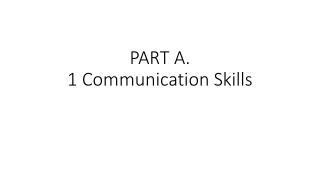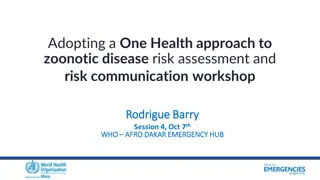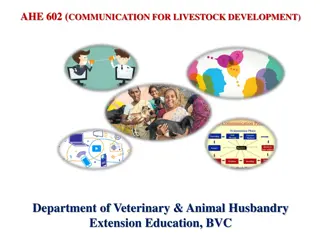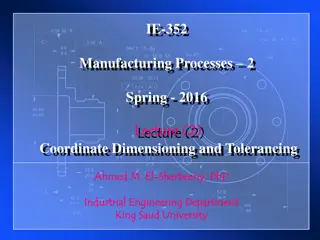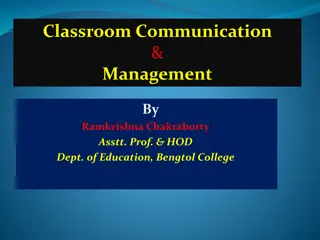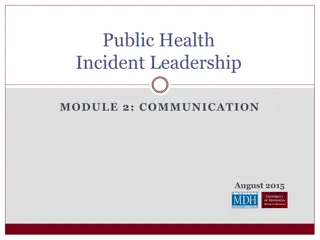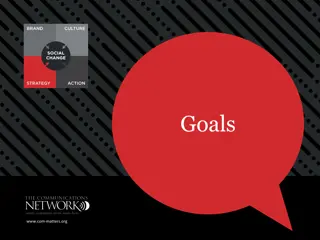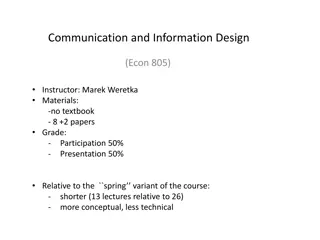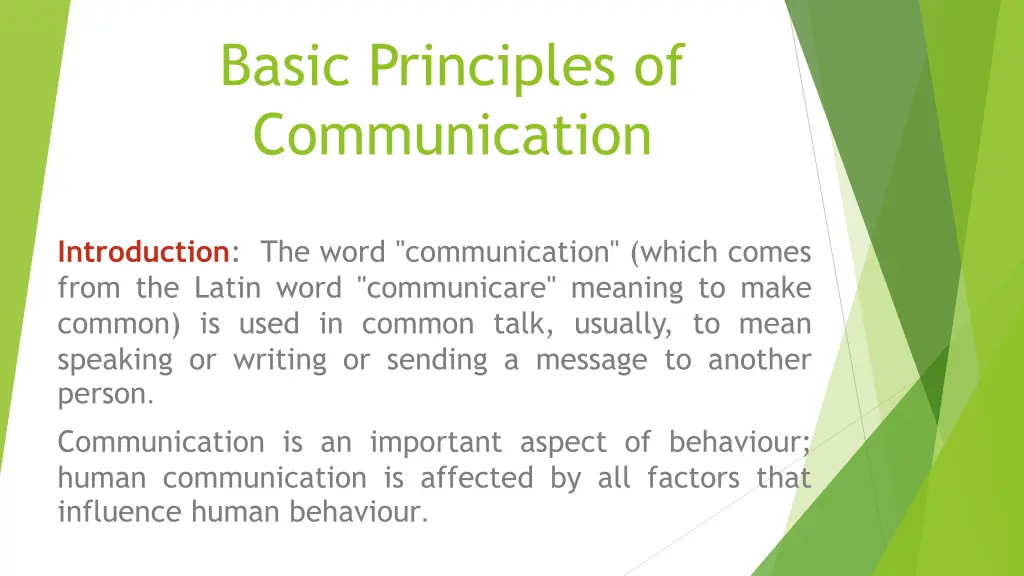
Principles of Effective Communication: Understanding, Process, and Dynamics
Explore the basic principles of communication including unintentional and intentional aspects, dynamic processes, systematic nature, and interactive transactions. Understand the sender and receiver roles in the communication process to enhance competence and skills.
Download Presentation

Please find below an Image/Link to download the presentation.
The content on the website is provided AS IS for your information and personal use only. It may not be sold, licensed, or shared on other websites without obtaining consent from the author. If you encounter any issues during the download, it is possible that the publisher has removed the file from their server.
You are allowed to download the files provided on this website for personal or commercial use, subject to the condition that they are used lawfully. All files are the property of their respective owners.
The content on the website is provided AS IS for your information and personal use only. It may not be sold, licensed, or shared on other websites without obtaining consent from the author.
E N D
Presentation Transcript
Basic Principles of Communication Introduction: The word "communication" (which comes from the Latin word "communicare" meaning to make common) is used in common talk, usually, to mean speaking or writing or sending a message to another person. Communication is an important aspect of behaviour; human communication is affected by all factors that influence human behaviour.
Characteristics of Communication Understanding the characteristics of communication helps us to improve our competence and skills in communication Communication is unintentional as well as intentional - We do not always succeed in conveying exactly what we want to . -Communication does not happen exactly as the sender wishes. It often fails . -Communication takes place even when we are not prepared for it and when we're not aware of it
Communication is a dynamic process - Communication is a process (an ongoing activity) and is always changing, always in motion; it grows and develops - Every time we engage is an act of communication, we bring to it all our previous experiences, thoughts, feelings which have been formed by other communication, events. Communication is systematic - Every aspect of the process is affected by every other aspect. The source, environment, goal, medium, nature of the message, receiver, feedback all of these affect one another - Disturbance at any stage in communication process affects the entire process
Communication is both interaction and transaction - Two participants, the source and the receiver, exchange ideas and information and influence each communication. other during the process of - They share as well as exchange thoughts and meanings.
Process of Communication The process of communication involves decisions and activities by the two persons involved, the sender and the receiver The Sender begins the process of communication. Sender s functions make up half the process of communication. The functions of the sender are: Being clear about goal/purpose of the communication Finding out about the understanding and needs of the target audience Encoding the required information and ideas with symbols to create the message to suit the audience Selecting the medium to send the message Making efforts to get feedback 1. 2. 3. 4. 5.
The Receivers functions complete one cycle of the process of communication. The functions of the receiver are: Attending to the received message, that is, listening, reading or observing 1. Decoding the received message 2. Interpreting and understanding the meaning of the message 3. Responding to the message 4. Giving feedback to the sender of the message 5.
Barriers to Communication Communication is not always successful. Several things can prevent the message from reaching the receiver or from having the desired effect on the receiver. Obstacles that prevent a message from reaching the intended receiver may be outside and beyond the control of the persons concerned. 1. Defects in the medium: Defects in the devices used for transmitting messages are external and usually not within the control of the people engaged in communication. The telephone, postal system, courier system or electronic media may fail. Messages can get delayed, distorted and even lost while being transmitted. Example: Scene from Romeo & Juliet
2. Noise in the Environment: In face to face communication which is carried by air vibration, the air may be disturbed by noise such as traffic, factory work, or people talking. In a factory, oral communication is very difficult because of the noise of the machines. 3. Information Overload: When there is too much information, some of it is blocked in transit and may not reach the audience. Advertising and sales information is an example of overload. 4. Closed Mind: Limited intellectual background, limited reading and narrow interests can cause a person s mind to be narrow. This limits the ability to take in new ideas. Persons with a closed Mind do not take any suggestions for change. This becomes a serious barrier to receiving grievances and appeals.
Importance of Communication in Workplace Entry into a good organisation requires excellent communication. It is the tool with which we exercise influence on others, bring about changes in the attitudes and views of our associates, motivate them, and establish and maintain relations with them. Communication is central to everything that we do. Communication is the mortar that holds an organisation together, whatever it s business or its size. With effective communication, multinational organisations that are spread all over the world can function like a single unit. The most important foundation skills for anyone in the new world of work is the ability to communicate. This means being able to express your ideas effectively in writing and in speech. Ability to work well in teams, to manage your relationships with your seniors, customers and colleagues depends on your communication skill. Production of goods is of no use if potential buyers have no information about the product. Communicating to the public about the product is the essence of business.

